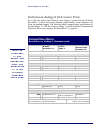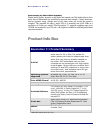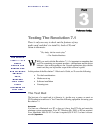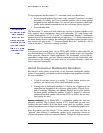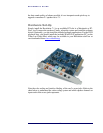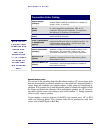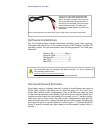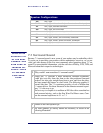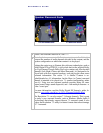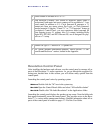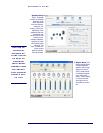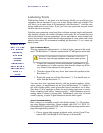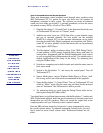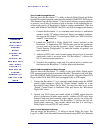
REVIEWER’S GUIDE
16
Speaker Placement Guide
5.1 Surround Sound 7.1 Surround Sound
Q
“What’s the difference between 6.1 and 7.1?”
A
For today’s cinema content, it’s first important to note the distinction
between the number of audio channels encoded in the content, and the
speaker configuration on which that content is to be played.
Perhaps the easiest way to illustrate this with new technologies, such as
Dolby Digital EX or DTS ES, is to first look back at the original Dolby
Pro Logic format. Though Dolby Pro Logic contains only four decoded
channels (Left, Right, Center, and Mono Surround), it is designed to be
played back with two surround speakers, each playing the same mono
surround information. The newer 7.1 is similar: Content is en-
coded/decoded as 6.1 information, but the Rear (or Center) surround
channel is intended to be played on a 7.1 speaker configuration, rather
than 6.1. Using two rear surround speakers provides better fill, more
natural sound, better sound dispersion, and—with multiple listeners—a
wider “sweet spot.”
For more information, read the Dolby Digital EX listener’s guide, lo-
cated at www.dolby.com/ht/co_br_0110_ListenersGuideEX.html.
The Revolution 7.1 can also output 7.1 discrete channels. This is great
for today’s new surround formats, such as Windows Media Audio 9
Professional, that already support discrete 7.1 surround sound. It also
makes the Revolution 7.1 ready for future formats that take advantage
of 7.1 surround.



